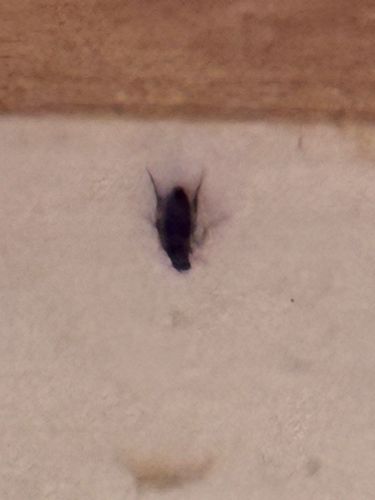Earwigs
Scientific Name: Dermaptera
Order & Family: Order Dermaptera
Size: Most commonly 5-25 mm (0.2-1 inch) in length, though some tropical species can be larger.

Natural Habitat
Typically found in moist, dark places such as under rocks, logs, leaf litter, mulch, flowers, or in crevices. They can also be found indoors in damp areas like bathrooms, kitchens, and basements.
Diet & Feeding
Omnivorous scavengers. They feed on decaying organic matter, fungi, plants (including garden crops), and sometimes other small insects such as aphids, mites, and insect larvae. Some are predatory.
Behavior Patterns
Nocturnal; they hide during the day and are active at night. They are characterized by a pair of pincers (forceps) at the end of their abdomen, which are used for defense, hunting, and folding their wings (though many species are wingless or rarely fly). Females are known to exhibit maternal care, guarding their eggs and young nymphs.
Risks & Benefits
Generally harmless to humans; the pincers can give a slight pinch if handled, but rarely break the skin. They can become a nuisance pest in gardens by feeding on plants, fruits, and vegetables. Indoors, they are mostly a cosmetic nuisance. Some species can be beneficial in gardens by preying on other pest insects.
Identified on: 9/17/2025